The 2 Types of Belly Fat and How to Lose It (Science-backed)
Key takeaways
- SAT is not strongly linked to increased risk of diseases but can increase the chances of type 2 diabetes, heart issues, and certain cancers.
- Men tend to have more visceral fat than women, leading to the “apple-shaped” look in men and the “pear-shaped” trend in women.
- Visceral fat, a fraction of total fat, is closely tied to higher risks of diseases.
- Studies show a higher risk of various health conditions among individuals with more visceral fat.
- Recent research suggests that some people with too much belly fat may benefit from reducing their carb intake.
- Low carb, high-fat diet was more effective at reducing belly fat, specifically.
Introduction
Looking to trim down that excess belly fat? Good news – there are plenty of healthy methods to do just that! Sources like Healthline and Mayo Clinic emphasize the importance of simple yet effective strategies. Boosting your diet with nutritious foods, ensuring you catch enough Zs, and getting that body moving are fantastic places to start.
Now, having a bit of belly fat is completely normal; it’s there to shield and insulate your body. But when it starts piling up, that’s where trouble can brew. Too much belly fat might put your health at risk, upping the chances of certain long-term health issues. Keeping an eye on your overall body fat, including the belly area, is a smart move for your well-being.
If you’re keen on diving deeper into this topic, buckle up! This article has your back. It delves into different kinds of belly fat and offers up solid, science-backed tips on bidding farewell to that excess belly baggage.
What are the different types of belly fat?
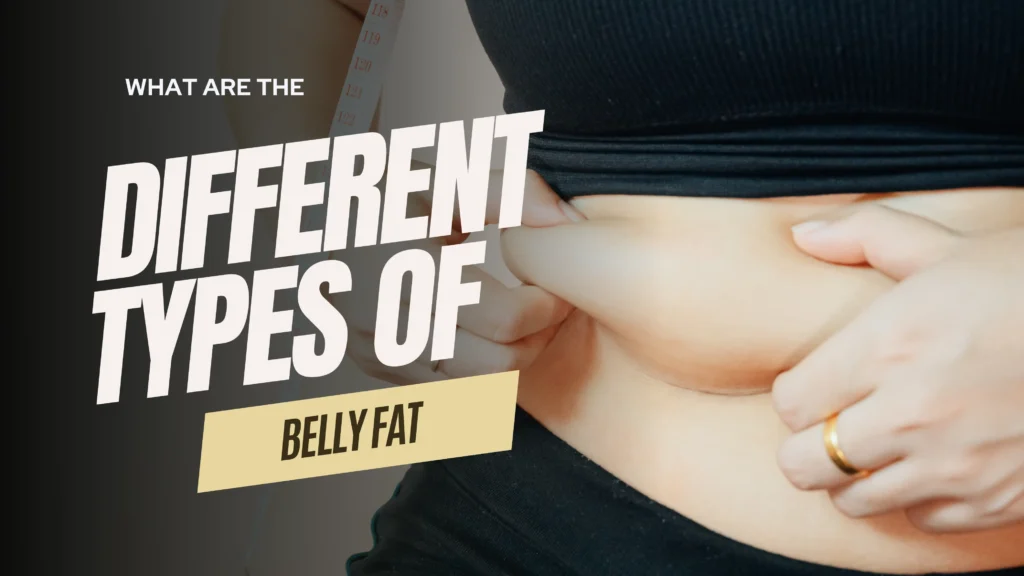
Compared with the rest of your body, only a small amount of fat is located in your belly [1].
There are two main types of belly fat — one is found under your skin and the other is found deeper inside your abdomen, surrounding your internal organs.
Subcutaneous belly fat
Subcutaneous fat, also known as subcutaneous adipose tissue (SAT), is the squishy layer of fat beneath your skin [2].
It’s the friendly, soft kind that gives your belly a little jiggle. Fun fact: women tend to have more of this type of fat than men [3].
But here’s the good news: unlike the deeper, more worrisome fat in your belly, subcutaneous fat isn’t strongly linked to upping your risk of diseases [3].
That said, packing on too much body fat, including that delightful jiggle, might up your chances of things like type 2 diabetes, heart issues, and certain cancers [1][4][5][6].
However, keeping your belly and overall body fat at healthy levels could be your ticket to dodging those chronic disease bullets.
Visceral belly fat
Ever heard of “visceral adipose tissue” or VAT? It’s the sneaky fat that wraps around your organs like the kidneys and liver, chilling deeper in your belly than the fat you can pinch. This belly bulge isn’t your body’s BFF—it’s often tagged as the “bad” fat.
What sets it apart from the fat right under your skin (subcutaneous fat) is its hyperactive nature. Visceral fat comes with a crew of cells, blood vessels, and nerves, making it a metabolic hotshot [7].
This troublemaker is linked to insulin resistance, the hormone that manages your blood sugar. As it messes with insulin, it can send your blood sugar soaring and cozy up to type 2 diabetes [8].
But wait, there’s more. Visceral fat throws a party for inflammation in your body, dialing up your risk for various diseases [9][10][11][12].
Here’s an interesting tidbit: guys tend to stockpile more visceral fat than gals, giving rise to that classic “apple-shaped” look in men and the “pear-shaped” trend in women [3].
Age plays its cards too. Before menopause, ladies often tango with more subcutaneous belly fat, but after that milestone, hello, visceral fat! This uptick can raise the risk of metabolic mischief [2].
Surprisingly, people of European descent tend to hang out with more visceral fat than other ethnic groups [2].
Why excess belly fat may harm health

Belly fat isn’t all bad, but too much can seriously affect your health. There’s a specific type called visceral fat that’s the real troublemaker. Even though it’s only a fraction of your total fat (around 10–20%), it’s closely tied to higher risks of diseases [13].
What makes it so problematic? Well, visceral fat is like an active troublemaker. It churns out hormones and other stuff, like inflammatory proteins, that mess with your body. This can lead to insulin resistance, inflammation all over, high blood fat levels, and even raised blood pressure [14][15][16].
Visceral fat and your liver
Visceral fat is located near your portal vein, which carries blood from your gastrointestinal tract to your liver for processing. Visceral fat transfers fatty acids, inflammatory proteins, and other dangerous substances to your liver.
As such, visceral fat is associated with liver inflammation and higher amounts of liver fat, which increases your risk of developing conditions like insulin resistance and nonalcoholic fatty liver disease [17][18].
Total belly fat and disease risk
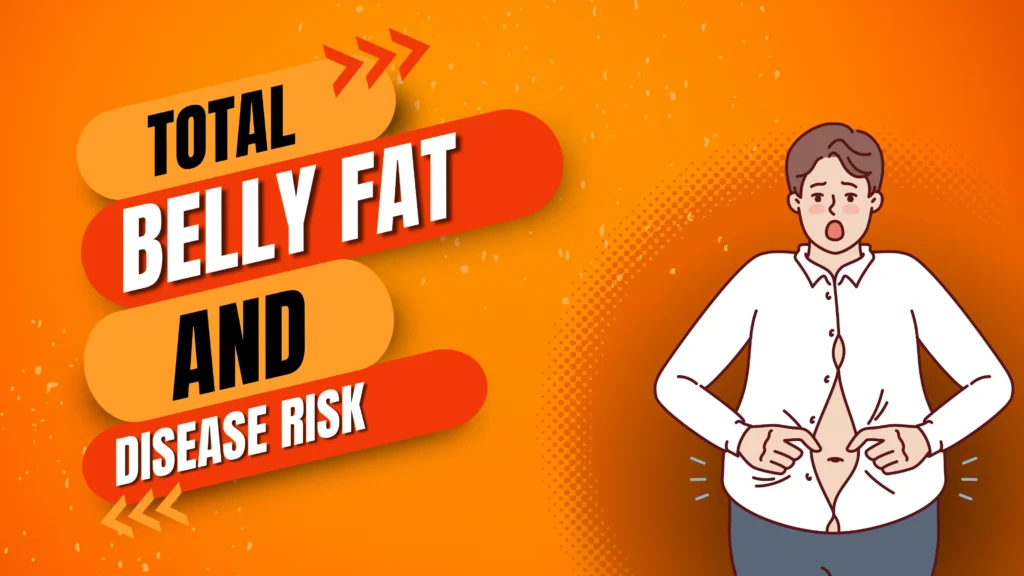
When it comes to belly fat, it’s not just about how it looks but how it impacts our health. While subcutaneous fat (the fat just beneath the skin) might not pose as much risk as visceral fat (the deeper belly fat surrounding organs), the total amount of belly and body fat matters significantly. Sources like [18]19][20][21][22] highlight how excess body fat contributes to issues like insulin resistance, blood vessel problems, fatty liver, plaque buildup in arteries, high blood pressure, and metabolic syndrome.
Studies pinpoint a heightened risk of various health conditions—type 2 diabetes, metabolic diseases, fatty liver, and increased heart disease risk factors—among individuals with more visceral fat. A notable study involving over 36,000 people [23] discovered a direct link between higher visceral fat levels and increased mortality rates compared to those with lower levels.
Keeping an eye on waist circumference is key; it’s a reflection of total abdominal fat, encompassing both subcutaneous and visceral fat. Research [24] underlines the importance of maintaining a healthy waist size. Consistent evidence from sources like [25][26][27][28][29][30] supports the positive impact of managing waist size through diet and exercise, notably improving heart health and reducing diabetes risk.
Evidence-based, effective ways to lose belly fat
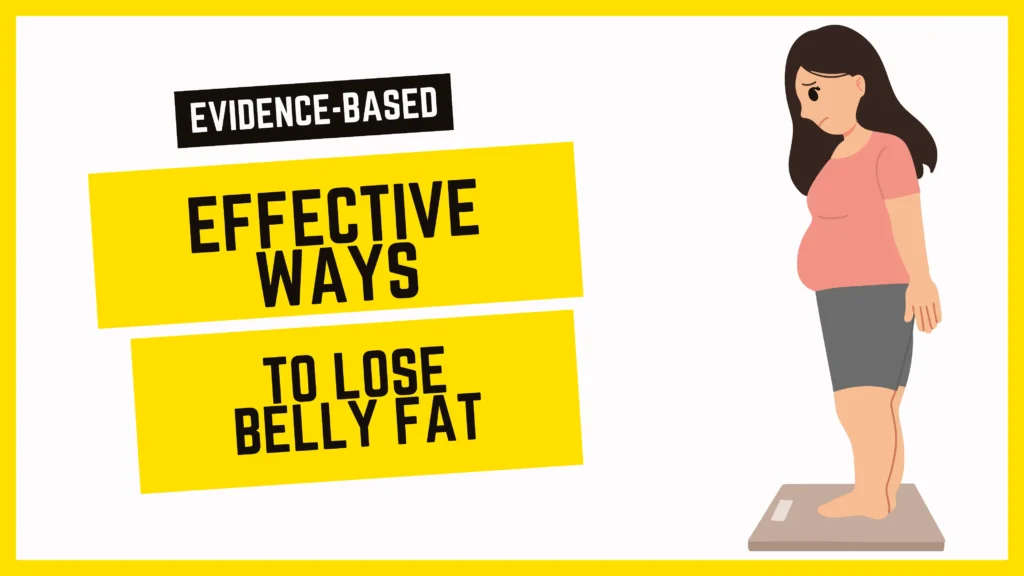
Now that you’re aware of the different types of belly fats and their health effects, you may wonder how you can lose excess belly fat in a safe and sustainable way.
Keep in mind that, although diet and lifestyle play a significant role in belly fat accumulation, factors like your age, sex, and genetics also have an effect.
Fortunately, there are a number of ways to lose excess belly fat, and in turn, reduce your risk of many health conditions.
Here are some evidence-based tips to lose belly fat:
- Cut out sugary beverages: Trimming down on sugary beverages can make a huge difference. Research from sources like [31][32][33][34] indicates that these drinks, like sodas, can lead to more belly fat and a wider waistline. Swap them out for water or sparkling water to start seeing changes.
- Get moving: Various studies [35][36][37][38][39] suggest that upping your physical activity, mixing in high and low-intensity workouts along with resistance training, can effectively reduce belly fat.
- Increase your fiber intake: People who amp up their fiber intake [40][41][42][43] tend to sport less belly fat. Shifting to a high-fiber diet could be the key to shedding that excess weight around your midsection.
- Cut back on ultra-processed foods: Watch out for ultra-processed foods—they’re trouble. Multiple studies [44][45] warn that regularly munching on snacks, sweets, fast food, and refined grains can bulk up your waistline. Cutting back on these could lead to a slimmer you.
- Watch Your Alcohol: Drinking too much alcohol can affect your health in multiple ways, potentially leading to increased belly fat [44][46][47][48].
- Prioritize Sleep: Quality sleep matters! Poor sleep quality is linked to accumulating visceral fat. Research involving 56,000+ individuals found that shorter sleep durations were associated with larger waistlines [49][50].
- Embrace Protein: Diets rich in protein might aid in reducing belly fat. A study involving 23,876 people revealed that higher protein intake was connected to smaller waist circumferences [51].
- Choose Whole Foods: Opt for whole, minimally processed foods like veggies, fruits, nuts, beans, and healthy protein and fats. This approach could not only boost overall health but also help manage healthy belly fat levels [52].
In addition to the tips listed above, recent research suggests that some people with too much belly fat may benefit from reducing their carb intake.
Fifty middle-aged adults who were overweight or obese were studied for 15 weeks. Those who were given an energy-restricted diet with a high-fat, low-carbohydrate intake (5% of calories from carbs) shed more visceral fat and belly fat than those who were given a low-fat diet [53].
Interestingly, both diets resulted in similar amounts of weight and total body fat loss, but the low carb, high fat diet was more effective at reducing belly fat, specifically.
Other studies have also found that restricting carbs may help reduce visceral fat among people at risk of developing type 2 diabetes, as well as women with polycystic ovarian syndrome (PCOS ) [54][55].
However, diet is highly individualized, and some people may obtain better results with a higher carb intake, particularly if those carbs are consumed as part of a fiber-rich, plant-forward diet that includes whole grains, legumes, vegetables, and fruit.
Working with a knowledgeable healthcare professional like a registered dietitian can help you choose an appropriate dietary pattern that promotes belly fat loss and overall health and meets your specific needs and preferences.
Conclusion
In summary, understanding the nuances of belly fat is crucial for our overall health. The distinction between subcutaneous and visceral fat underscores the significance of managing both for a healthier life. Visceral fat, the troublemaker among fats, not only impacts our appearance but also plays a significant role in disease development, making it essential to keep a check on its accumulation. While some fat is necessary, excessive visceral fat poses grave health risks, highlighting the importance of adopting evidence-based strategies to reduce it. Incorporating lifestyle changes like dietary modifications, regular exercise, and adequate sleep can significantly contribute to shedding excess belly fat. Awareness and proactive efforts in managing belly fat levels not only promote a slimmer waistline but also pave the way for a healthier, happier life.

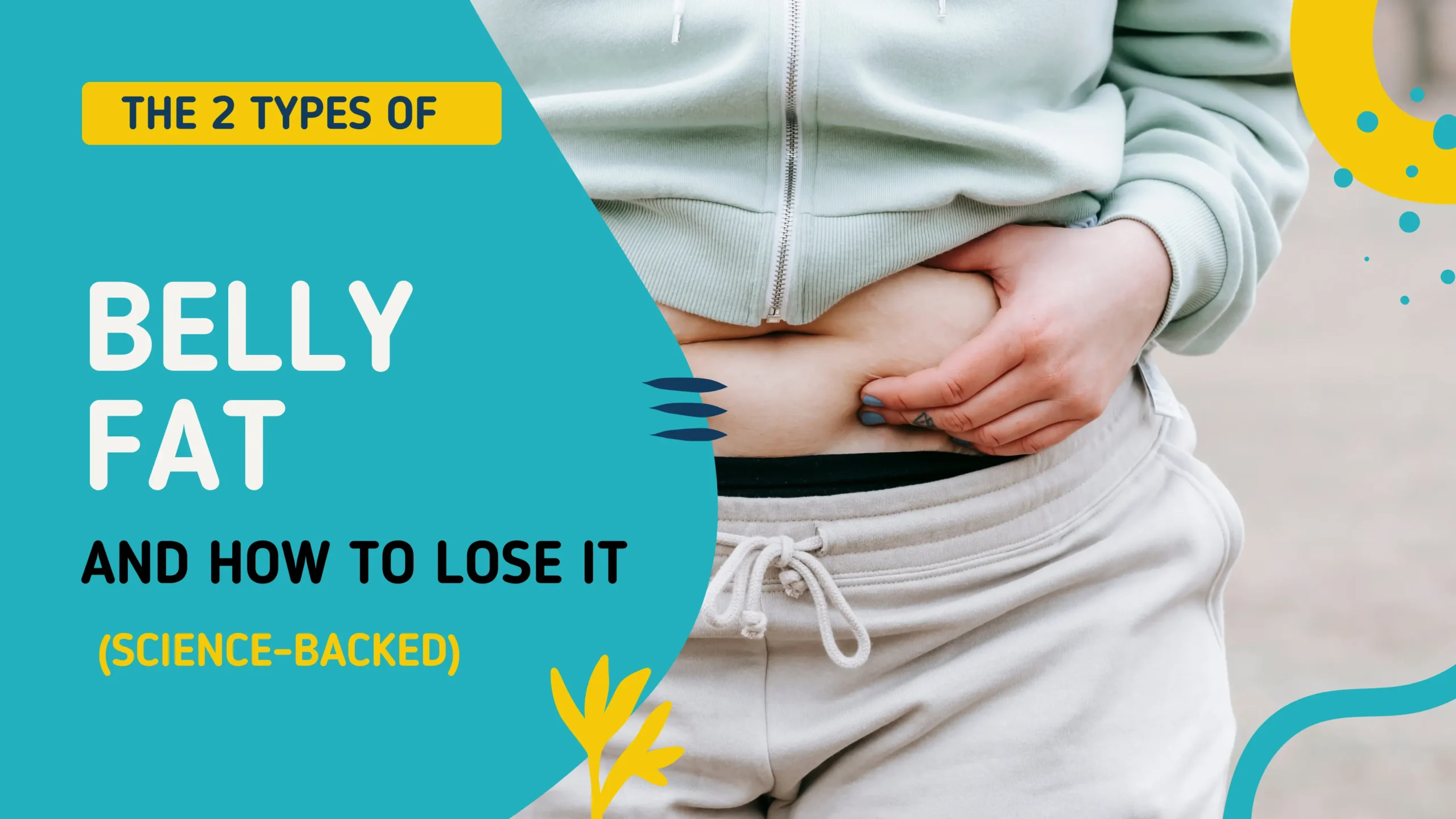



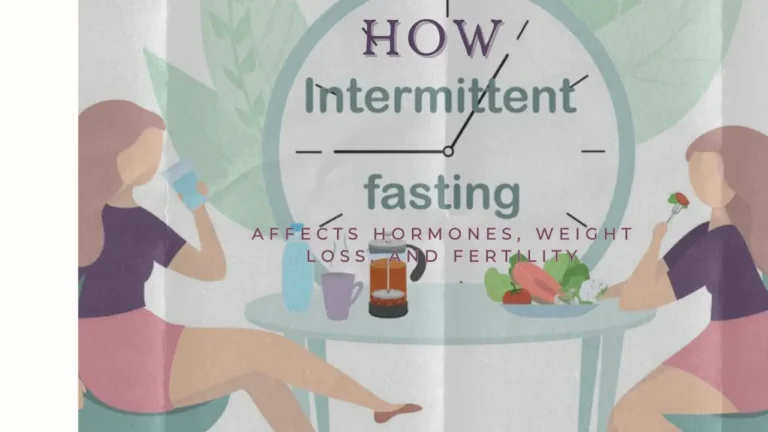


Great information shared.. really enjoyed reading this post thank you author for sharing this post .. appreciated